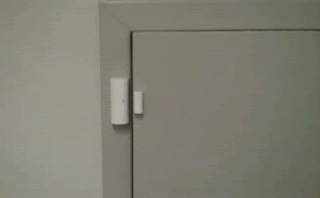Types of panel control
The
Control Panel is a part
of the
Microsoft Windows, in older versions, which
allows users to view and manipulate basic system settings and controls via
applets, such as adding
hardware, adding and removing
software,
controlling
user accounts, and changing
accessibility options. Additional
applets can be provided by third party software.
The Control Panel has been an
inherent part of the Microsoft Windows operating system since
Windows
2.0,
[1] with
many of the current applets being added in later versions. Beginning with
Windows 95,
the Control Panel is implemented as a
special
folder, i.e. the folder does not physically exist, but only contains
shortcuts to
various applets such as
Add or Remove Programs and
Internet
Options. Physically, these applets are stored as
.cpl files.
For example, the
Add or Remove Programs applet is stored under
the name
appwiz.cpl in the
SYSTEM32 folder.
In recent versions of Windows,
the Control Panel has two views, Classic View and Category
View, and it is possible to switch between these through an option that
appears on either the left side or top of the window.
Many of the individual Control
Panel applets can be accessed in other ways. For instance, Display
Properties can be accessed by right-clicking on an empty area of the
desktop and choosing Properties.
The classic view consists of
shortcuts to the various control panel applets, usually without any description
(other than the name). The categories are seen if the user use
"Details" view.
Control panel with a clean interface:
Vivint Go! Control
The Vivint Go! Control has a sleek and simple design. The panel is the first all-in-one security and home management system and comes with integrated 2-wWy voice capabilities to connect homeowners to operators. The control also has a user-friendly color touch-screen interface and a cellular GMS radio, the most reliable communication option available in the security industry. The control’s built-in Z-Wave RF protocol gives users to control HVAC, lighting and other Z-Wave appliances from the panel.
Control Panel with wireless capabilities: FrontPoint Security GE Simon XT Home Security Panel
The FrontPoint Security’s GE Simon XT Home Security Panel alerts FrontPoint’s monitoring center in case of any emergencies. And because the panel is wireless and uses a cellular connection, potential burglars can’t cut the wires to the system and deactivate the security system. Other features of the FrontPoint control panel include a large backlit LCD screen, 212-word spoken vocabulary, and the ability to connect to 39 individual sensor devices throughout your home or office.
Control panel with sophistication: LifeShield Home Security Console
The LifeShield Home Security Console comes with a piercing 100 decibel alarm and a one-touch panic button. Other features include a full-featured phone with speakerphone capabilities, 60-sensor support capability and a remote system access and control. The system also doesn’t fail if your base is disconnected. The console will still pick up the signal and alert the monitoring system using its multiple system components.



















